#Eco-Sustainability
Explore tagged Tumblr posts
Text
Growth capitalism is a deranged fantasy for lunatics.
Year 1, your business makes a million dollars in profit. Great start!
Year 2, you make another million. Oh no! Your business is failing because you didn't make more than last year!
Okay, say year 2 you make $2 mil. Now you're profitable!
Then year 3 you make $3 mil. Oh no! Your business is failing! But wait, you made more money than last year right? Sure, but you didn't make ENOUGH more than last year so actually your business is actively tanking! Time to sell off shares and dismantle it for parts! You should have made $4 mil in profit to be profitable, you fool!
If you're not making more money every year by an ever-increasing exponent, the business is failing!
Absolute degenerate LUNACY
#eat the rich#fuck capitalism#capitalists make great mulch#they're a sustainable and eco-friendly source of pig feed and fertilizer#blog together queue alone
52K notes
·
View notes
Text
Unveiling the Green Guardian

View On WordPress
#Bahá&039;í Faith#Biodiversity Preservation#Climate Action#Climate Change Solutions#Climate Resilience#conservation leadership#Conservation Legacy#Conservation Visionary#Conservation Wisdom#Conservationist Pioneer#cultural harmony#Eco-Activist#Eco-Champion#Eco-Philanthropy#Eco-Sustainability#Eco-Warrior#environmental advocacy#environmental awareness#Environmental Education#Environmental Guardian#Environmental Harmony#Environmental Hero#environmental impact#Environmental Inspiration#Environmental Legacy#Environmental Philanthropy#Environmental Pioneer#environmental steward#environmental stewardship#Environmental Visionary
0 notes
Text
It’s an open secret in fashion. Unsold inventory goes to the incinerator; excess handbags are slashed so they can’t be resold; perfectly usable products are sent to the landfill to avoid discounts and flash sales. The European Union wants to put an end to these unsustainable practices. On Monday, [December 4, 2023], it banned the destruction of unsold textiles and footwear.
“It is time to end the model of ‘take, make, dispose’ that is so harmful to our planet, our health and our economy,” MEP Alessandra Moretti said in a statement. “Banning the destruction of unsold textiles and footwear will contribute to a shift in the way fast fashion manufacturers produce their goods.”
This comes as part of a broader push to tighten sustainable fashion legislation, with new policies around ecodesign, greenwashing and textile waste phasing in over the next few years. The ban on destroying unsold goods will be among the longer lead times: large businesses have two years to comply, and SMEs have been granted up to six years. It’s not yet clear on whether the ban applies to companies headquartered in the EU, or any that operate there, as well as how this ban might impact regions outside of Europe.
For many, this is a welcome decision that indirectly tackles the controversial topics of overproduction and degrowth. Policymakers may not be directly telling brands to produce less, or placing limits on how many units they can make each year, but they are penalising those overproducing, which is a step in the right direction, says Eco-Age sustainability consultant Philippa Grogan. “This has been a dirty secret of the fashion industry for so long. The ban won’t end overproduction on its own, but hopefully it will compel brands to be better organised, more responsible and less greedy.”
Clarifications to come
There are some kinks to iron out, says Scott Lipinski, CEO of Fashion Council Germany and the European Fashion Alliance (EFA). The EFA is calling on the EU to clarify what it means by both “unsold goods” and “destruction”. Unsold goods, to the EFA, mean they are fit for consumption or sale (excluding counterfeits, samples or prototypes)...
The question of what happens to these unsold goods if they are not destroyed is yet to be answered. “Will they be shipped around the world? Will they be reused as deadstock or shredded and downcycled? Will outlet stores have an abundance of stock to sell?” asks Grogan.
Large companies will also have to disclose how many unsold consumer products they discard each year and why, a rule the EU is hoping will curb overproduction and destruction...
Could this shift supply chains?
For Dio Kurazawa, founder of sustainable fashion consultancy The Bear Scouts, this is an opportunity for brands to increase supply chain agility and wean themselves off the wholesale model so many rely on. “This is the time to get behind innovations like pre-order and on-demand manufacturing,” he says. “It’s a chance for brands to play with AI to understand the future of forecasting. Technology can help brands be more intentional with what they make, so they have less unsold goods in the first place.”
Grogan is equally optimistic about what this could mean for sustainable fashion in general. “It’s great to see that this is more ambitious than the EU’s original proposal and that it specifically calls out textiles. It demonstrates a willingness from policymakers to create a more robust system,” she says. “Banning the destruction of unsold goods might make brands rethink their production models and possibly better forecast their collections.”
One of the outstanding questions is over enforcement. Time and again, brands have used the lack of supply chain transparency in fashion as an excuse for bad behaviour. Part of the challenge with the EU’s new ban will be proving that brands are destroying unsold goods, not to mention how they’re doing it and to what extent, says Kurazawa. “Someone obviously knows what is happening and where, but will the EU?”"
-via British Vogue, December 7, 2023
#fashion#slow fashion#style#european union#eu#eu news#eu politics#sustainability#upcycle#reuse#reduce reuse recycle#ecofriendly#fashion brands#fashion trends#waste#sustainable fashion#sustainable living#eco friendly#good news#hope
10K notes
·
View notes
Text


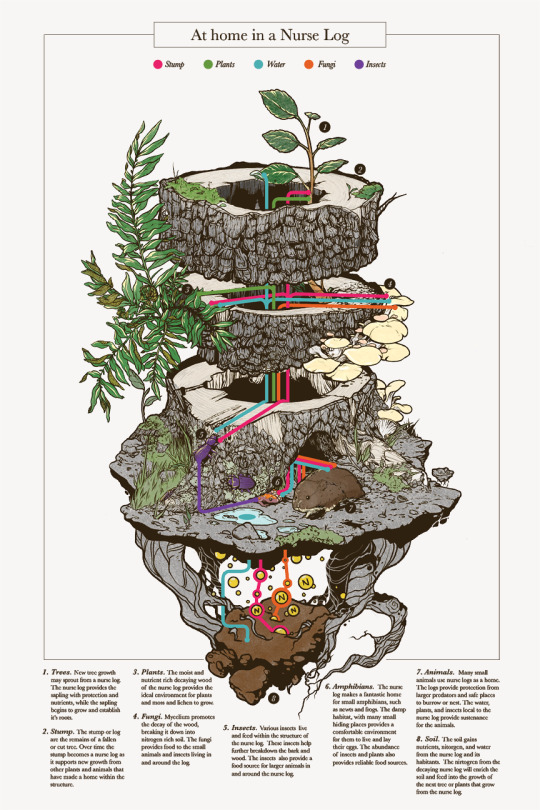
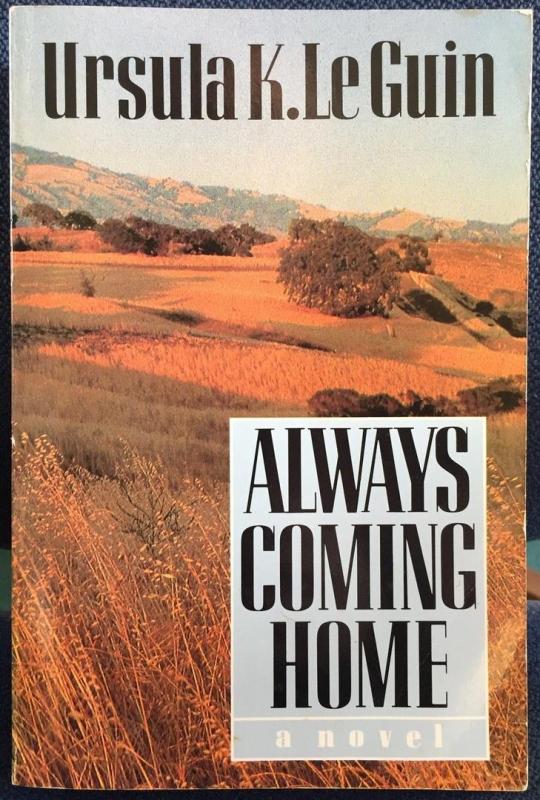


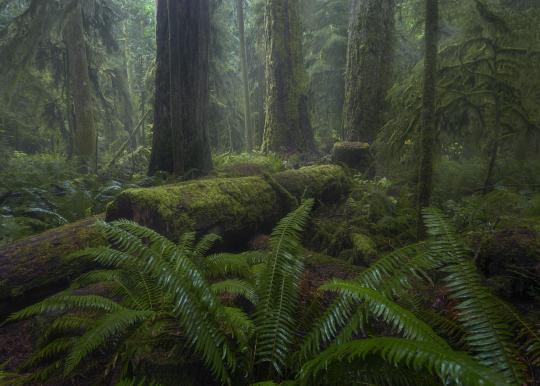
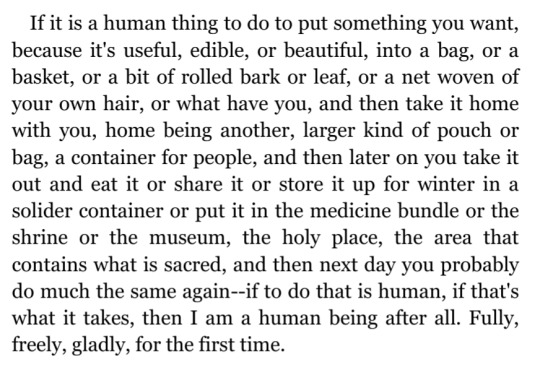
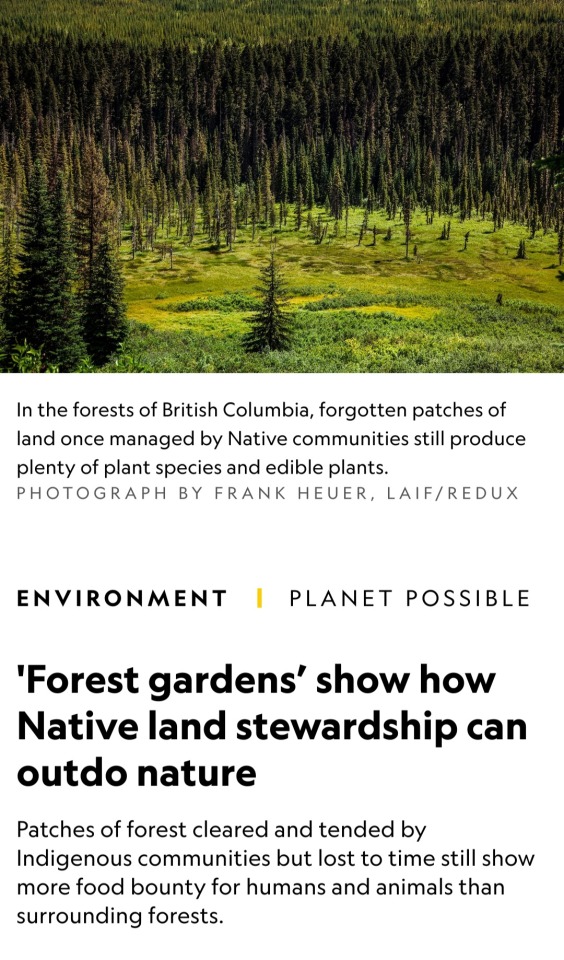

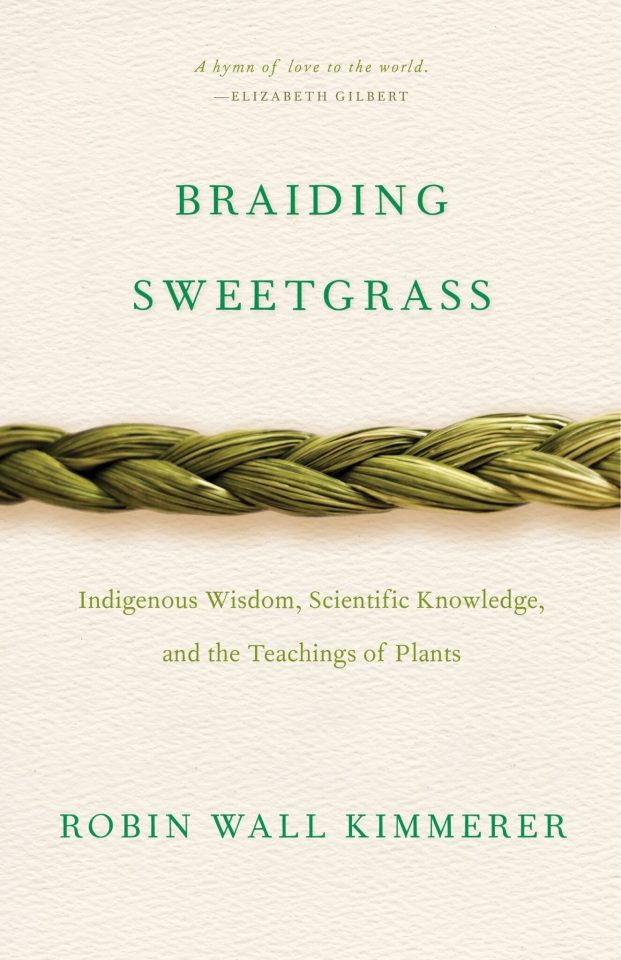
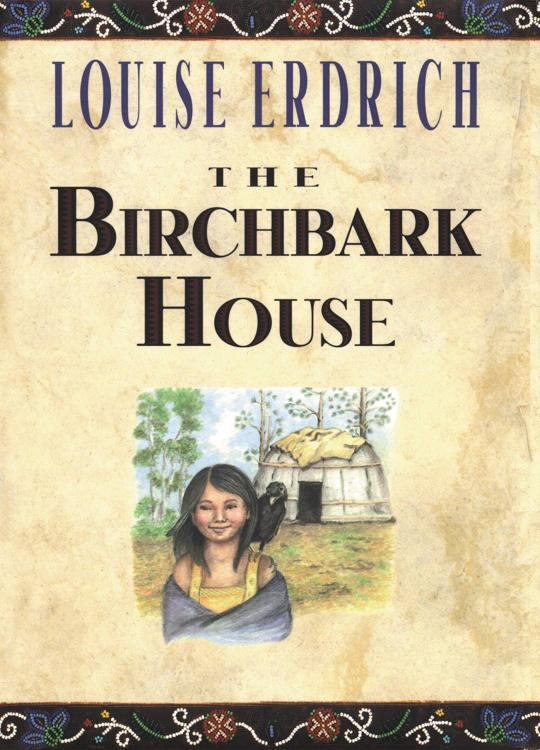

times, places, and practices that I want to learn from to imagine a hopeful future for humanity 🍃
the three sisters (squash, beans, maize) stock photo - alamy // anecdote by Ira Byock about Margaret Mead // art by Amanda Key // always coming home by Ursula K. Le Guin // Yup'ik basket weaver Lucille Westlock photographed by John Rowley // the left hand of darkness by Ursula K. Le Guin // photo by Jacob Klassen // the carrier bag theory of fiction by Ursula K. Le Guin // article in national geographic // the dawn of everything by David Graeber and David Wengrow // braiding sweetgrass by Robin Wall Kimmerer // the birchbark house by Louise Erdrich // photo by John Noltner
I'm looking for more content and book recs in this vein, so please send them my way!
#solarpunk#hopepunk#braiding sweetgrass#just a collection of books and pictures that make me hopeful for the future#margaret mead#robin wall kimmerer#nature#ursula k le guin#ursula k. le guin#the left hand of darkness#the carrier bag theory of fiction#the dawn of everything#anthropology#future#hopecore#native plants#biodiversity#sustainability#eco#eco friendly#louise erdrich#civilization
3K notes
·
View notes
Text
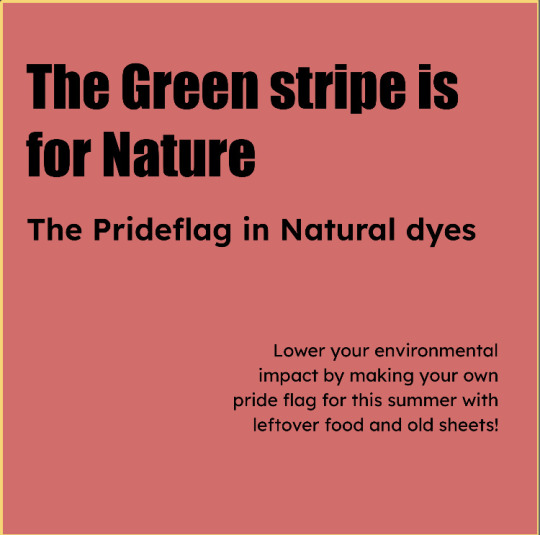



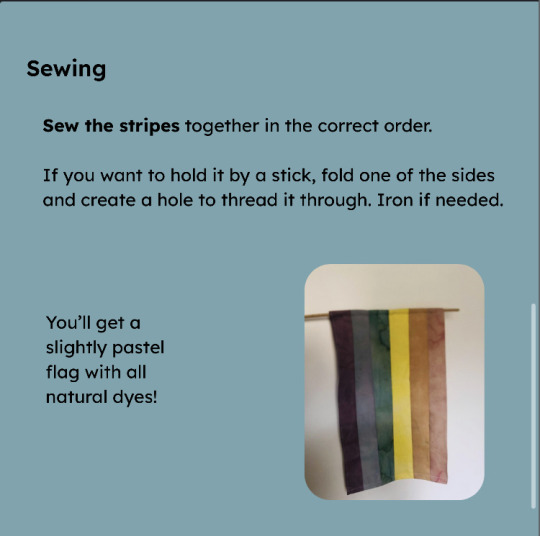
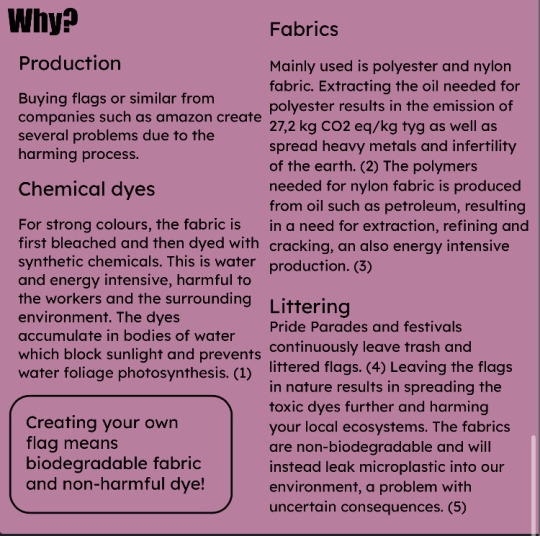
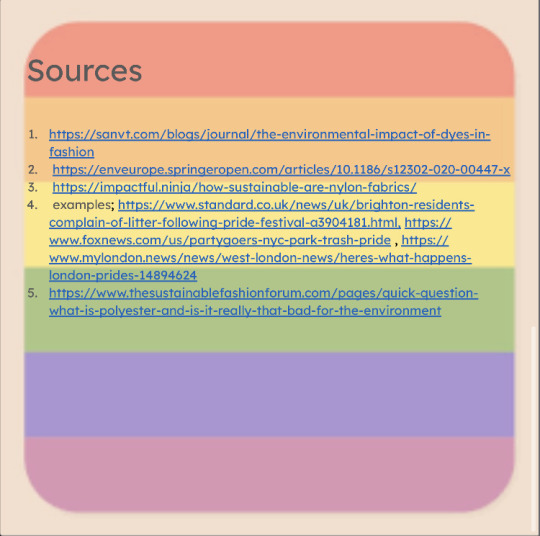
The results will be a unique and slightly rustic flag. In general, I want people to be aware of their impact when it comes to buying textiles, and that there is alternatives when wanting new clothing or similarities.
#environment#ecopunk#reduce reuse recycle#upcycle#recycling#lgbtqia#sustainability#ecofriendly#eco pride#diy#diy craft#cottagecore#pride#punk#environmentalism#natural dyes#dyeing
643 notes
·
View notes
Text







"Rhoēs" villa, Serifos island, Greece,
Sinas Architects
#art#design#architecture#minimalism#interiors#summerhouse#luxuryhouse#luxuryhome#island#greece#serifos#nature#retreat#rhoes#sinas architecture#waves#eco friendly#sustainability#emerald sustrai#sustainable fashion#sustainableliving
237 notes
·
View notes
Text
The Buyerarchy of Needs
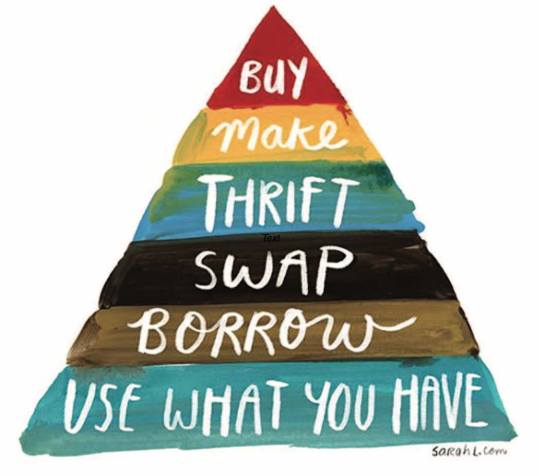
made by Sarah Lazarovic, from her book “A Bunch of Pretty Things I Did Not Buy” ^-^
#saw this on pinterest and felt it should be spread around#i think ive seen this once on here ? still#the buyerarchy of needs#buyerarchy of needs#sustainability#ecopunk#eco punk#solarpunk#environmentalism#sustainable fashion#edited to include full credit 👍👍
866 notes
·
View notes
Text

The irony is real! 🤦♂️ Everything I buy is wrapped in plastic… but I can’t get a plastic bag to carry it home? 🤔♻️
#plastic paradox#think for yourself#make it make sense#eco logic#sustainable living#reality check#sarcasm
130 notes
·
View notes
Text

Teach kids about climate change. Encourage friends and family to talk about it. Get involved with them. From now for the rest of our lives, we need to nurture deep ecological connections and ecological wealth.
-qbv
#queerbrownvegan#sustainability#climate change#mental health#eco anxiety#climate justice#environmentalism#climate crisis#activism#climate activism#intersectional environmentalism
2K notes
·
View notes
Text










Agri-Cultural Oasis,
The heart of Agri-Cultural Oasis is the integration of off-grid farming, tropical leisure, and cultural exploration. Inspired by the Dominican spirit of dance, music, and community, we envisioned a space that not only fosters sustainable living but also celebrates the region's rich cultural heritage. The project offers visitors a unique opportunity to experience local traditions alongside sustainable agricultural production and eco-tourism.
The design dedicates 20% of the farm’s land to photovoltaic panels, which provide renewable energy to power the entire estate. This energy source supports both farming and daily operations, while the remaining land is cultivated with crops, ensuring a self-sustaining system. By harnessing renewable energy, we’ve created a model for sustainable living that can serve as a blueprint for remote communities around the world.
Loma Atravesada, Las Galeras, Samana, Dominican Republic,
Courtesy: Xueqi Zhang
#design#art#architecture#minimal#nature#interior design#sustainability#sustainable architecture#farm#agri-culture#oasis#loma atravesada#dominican republic#xueqi zhang#farming#off-grid#eco-tourism#renewable energy
135 notes
·
View notes
Text
Remember, even if it's not turned on, plugged in devices and appliances use electricity.
Some examples are Lamps, Fans, Heaters and Chargers.
Unplug what you're not using. Save some energy and money.
#solarpunk#lunarpunk#ecopunk#ecofriendly#sustainability#energy efficiency#climate action#climate change#recycling#climate emergency#climate crisis#environmentalism#envrionmental activists#environment#eco#energy efficient
309 notes
·
View notes
Text

The Maldives Floating City, set to open in 2027, will provide eco-friendly, floating residences for 20,000 people, adapting to rising sea levels.
#Maldives#floating city#climate change#sea level rise#eco-friendly architecture#sustainable living#urban planning#2027#innovative design
100 notes
·
View notes
Text
"At HarperCollins, a lot of attention and thought is given to deciding exactly what combinations of margin measurements, font, and layout feel most appropriate for the genre, and writing style.
But in a case of do-your-part environmentalism, designers at the publishing house have now standardized a series of subtle and imperceptible alterations to normal font style, layouts, and ink that have so far removed the need for 245 million book pages, totaling 5,618 trees.
Telling the story in Fast Company, representatives from HarperCollins, one of the four largest publishing houses in the world, explained that the idea first arose in Zondervan Bibles, HarperCollins’ Christian publishing division. Being that the Bible is 2,500 pages or sometimes more, saving ink and pages was not just an environmental consideration, but one of production costs.
A new typeface called NIV Comfort Print allowed Zondervan to shave 350 pages off of every Bible, which by 2017 had amounted to 100 million pages, and which, as Fast Company points out, would be four times higher than the Empire State Building if stacked.
The production and design teams then wondered how much they could save if they applied the same concepts to other genres like romance and fiction. Aside from the invention of the eBook, publishing hasn’t changed much in the last 100 years, and the challenge was a totally novel one for the teams—to alter all their preconceived ideas and try and find a font and typeface that resulted in fewer pages without being harder to read.
They eventually standardized 14 different combinations their tests determined were the most environmentally friendly, and which delivered an unchanged reading experience.
But the challenge didn’t stop there. Printed books, one might not know, are printed in large sheets which are then folded into sections of sixteen pages, meaning that Leah Carlson-Stanisic, associate director of design at HarperCollins, has to calculate the savings of space, words, and ultimately pages with the help of her team to fall in multiples of sixteen.
Nevertheless, they have been successful with it so far, and in the recent print run of one popular book, 1 million pages (or a number near 1 million that coincides with the 16 times tables) were saved.
“We want to make sure our big titles, by prominent authors, are using these eco-fonts,” Carlson-Stanisic said. “It adds up a little bit at a time, saving more and more trees.”"
-via Good News Network, April 4, 2024
--
Note: Great! Waiting to see this on the rest of their books and at the other big publishers!
Actually, though, it's worth noting that this may not come quickly to the other large publishers, because Harper Collins almost certainly owns that font - meaning that other publishers would have to pay HarperCollins in order to use it, on an ongoing basis.
More on publishing shit and more realistic solutions here below the cut!
What I'm hoping for and think is more likely is that this will inspire the development of open source eco-friendly fonts, which would be free for anyone to use. That would make it far more likely other publishers would adopt eco-friendly fonts.
I'm also hoping it would inspire other publishers to create similar eco-friendly fonts of their own.
Ideally, there would be a whole new landscape of (hopefully mostly open source) eco-friendly fonts. And/or to see calculations of the eco-friendliness of popular existing fonts, compared to each other.
If we could have a publicly accessible list of calculations for different fonts, including fonts designed to maximize eco-friendliness, I really do think that it would affect which fonts publishers choose to use. Here's why:
Most people in publishing are on the left (notoriously, actually) and really do care about the environment
People in publishing are plenty aware of these issues re: paper and trees, I promise
Shorter books means smaller production costs - and possibly smaller shipping costs as well, over time! So it would save them money too.
Eco-friendly fonts could also be combined with other measures for greater effect, such as bamboo paper (already in use for a lot of projects where page color/quality is more flexible) and thinner paper (aka paper with a lower weight) that uses less trees.
Don't expect books to all move to just one or two different fonts, though. Publishers and typesetters and font designers will innovate to create more options instead, though it will take longer. This is because different books really do use different fonts for various different reasons - one new font to rule them all isn't really a solution here.
"Every book is in the same font" may sound like a "whatever" deal to a lot of people, but as someone who works in publishing - trust me, it would actually make your reading experience worse, even if you could never quite put your finger on why.
#publishing#books#book publishing#bookblr#harper collins#fonts#font design#eco friendly#sustainability#conservation#trees#deforestation#good news#hope
397 notes
·
View notes
Text

from the 'wholistic + abundant {lifestyle}' Pinterest board
#g#infographic#earth stewardship#permaculture#holistic leveling up#leveling up#slow living#soft living#solarpunk#that girl#green juice girl#wellness journey#true being#true nourishment#mindful consumption#ethical consumption#mindfulness#sustainability#eco conscious#ecofeminism#sidewalkchemistry
597 notes
·
View notes
Text







Gardenhide Studio, London - Commonbond Architects
#Commonbond Architects#architecture#design#building#modern architecture#interiors#minimal#house#modern#hempcrete#sustainability#eco#green architecture#timber frame#studio#garden studio#home office#home office setup#wood stove#light#bright#windows#kitchen#office#living room#garden#london#cool architecture#beautiful design#architecture blog
151 notes
·
View notes
Text

Not that we want to rush through Spooky Season, but this is a good tip for November 1st.
#horror#halloween#spooky season#wildlife#eco friendly#sustainability#pumpkins#jack o lantern#animals#october#spooktacular#spooktober
127 notes
·
View notes